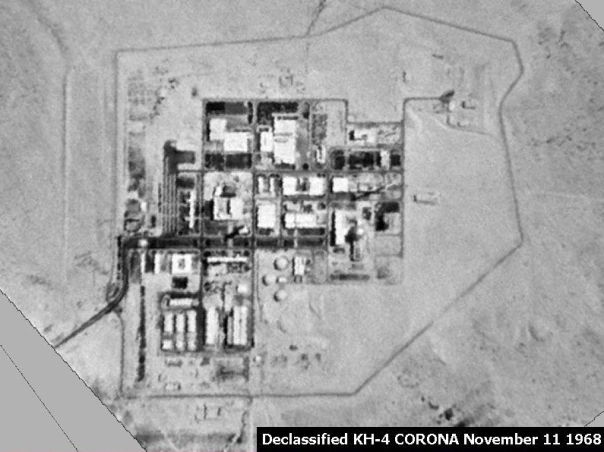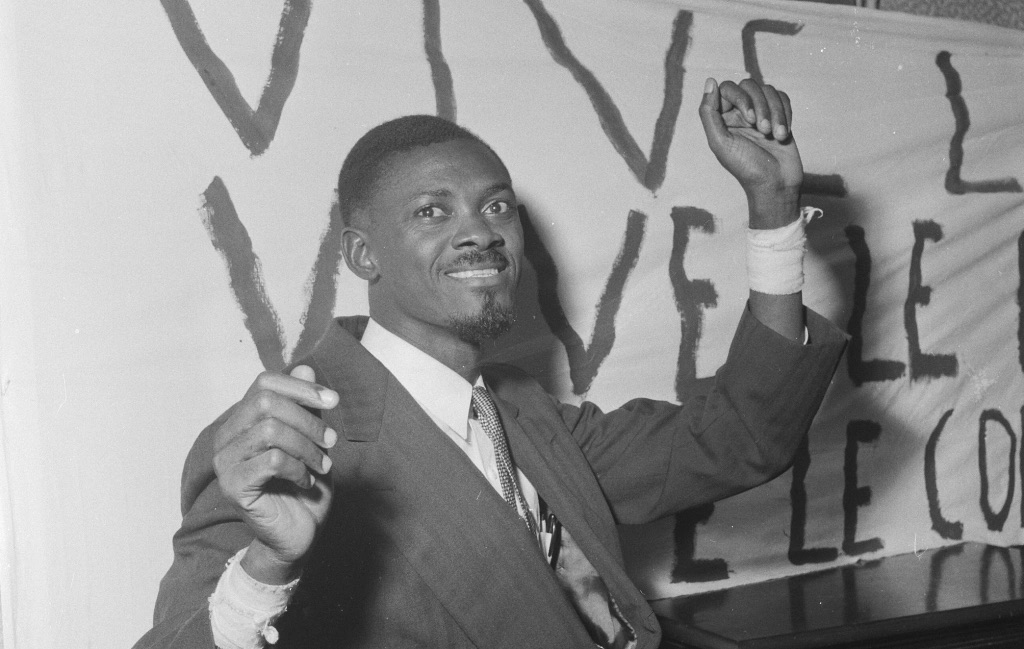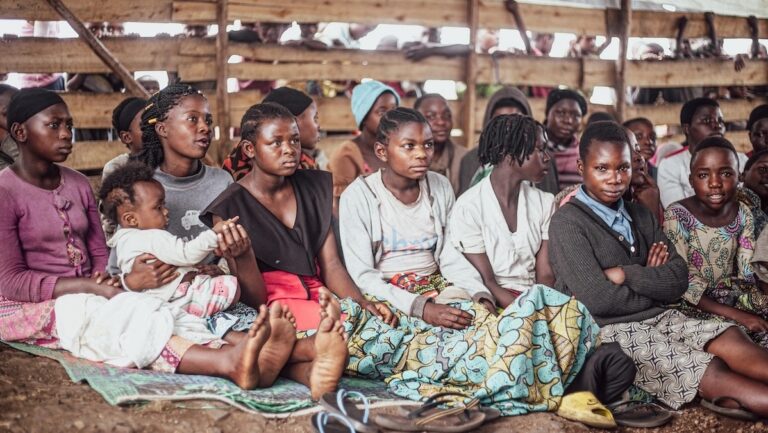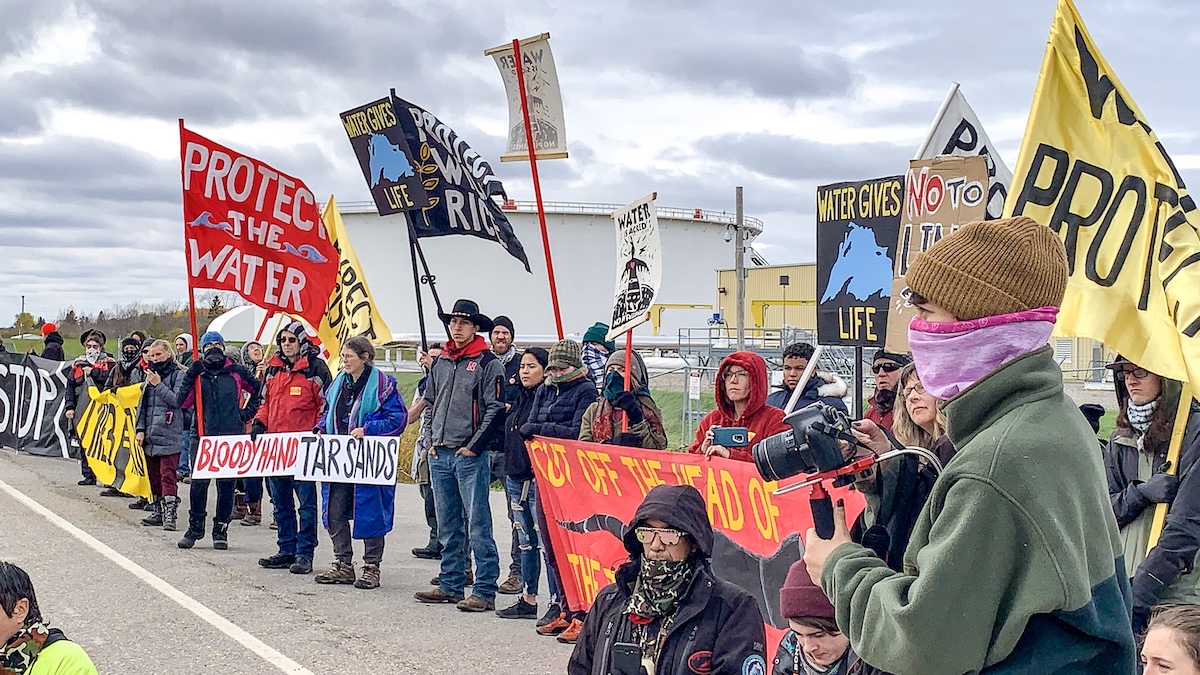By Linda Pentz Gunter for Beyond Nuclear International
It involved the Democratic Republic of Congo (DRC); a Belgian mining company; a fictitious Liberian trading company; a German-named ship — the Scheersberg A; a Spanish crew; a German petrochemical official; an Italian paint company; an Israeli freighter; the Greek island of Crete; a Turkish port; and a confession made in Norway.
If this sounds like the plot for an elaborate work of fiction, it was — it formed the basis of Ken Follett’s 1979 thriller, Triple. But it was also all true.
The clandestine operation, which took place in November 1968, smuggled an estimated 200 tonnes of uranium yellowcake out of the DRC, transporting it to Israel. It was orchestrated by Mossad, the Israeli secret intelligence service and came to be known as Operation Plumbat, since the illicit cargo was marked as lead.
The scheme was set in motion when, after the 1967 Arab-Israeli War, France curtailed its weapons supplies to Israel and likely the uranium fuel as well needed for Israel’s Dimona reactor, believed then and still to be at the heart of the country’s nuclear weapons program. The operation concluded with an exchange of ships and cargos on the high seas, the Scheersberg A eventually docking empty in Turkey while the uranium, now aboard an Israeli freighter, made its way to Haifa and eventually to Dimona.

The Plumbat operation was first exposed in April 1977 at a non-proliferation conference in Salzburg, Austria by Paul Leventhal, who went on to found the Nuclear Control Institute in 1981.
Israel officially denies that any of this took place, despite ample documentation and the later confession of one of its Mossad officers after his arrest in Norway. This was yet another bizarre twist in the tale when a Mossad operation in Lillehammer to assassinate one of the 1973 Munich Olympic attackers instead mistakenly took out an innocent Moroccan waiter on his way home from work. One of the agents, in order to prove to Norwegian authorities that he was indeed with Mossad, related the story of Operation Plumbat.
Of course, Israel also officially denies the existence of its nuclear weapons arsenal.
The uranium bound for Israel came from the Shinkolobwe mine in DRC’s Katanga province. The veins of uranium that run through Shinkolobwe bleed everywhere. And so do its victims.
The DRC is the site of the present day genocide that no one talks about. As many as six million people have now died in the ongoing fighting there, mostly over mineral rights. That long and bloody history began in the 1880s when the despotic Belgian king, Leopold II, enslaved and brutalized the country’s population, violence that continued under the subsequent Belgian government that took control in 1908.
The Belgians first began mining uranium at Shinkolobwe in 1921. In 1939, Albert Einstein, by then aware that a nuclear bomb could potentially be built and that Nazi Germany might be pursuing one, alerted President Roosevelt to the need for access to a rich uranium supply. The best such, Einstein said, could be found in what was then known as the Belgian Congo.
Once Nazi Germany had occupied Belgium in 1940, concerns grew that the uranium stockpiled at Shinkolobwe could fall into Hitler’s hands. A plan was quickly developed to ship 1,200 tons of uranium ore to the US where it was first stored on Staten Island and eventually transported to the Manhattan Project’s nuclear bomb factory at Los Alamos in New Mexico.
As recounted in Susan Williams’s non-fiction book, Spies in the Congo, US agents in various guises slipped in and out of the Congo, secretly shepherding the uranium back to the Manhattan Project. A second shipment of 1,000 tons of stockpiled ore soon followed. Wrote Williams, citing Gabrielle Hecht’s book, Being Nuclear, Africans and the Global Uranium Trade: “The miners sorted and packed up the uranium ore by hand and, according to estimates, they could have been exposed to a year’s worth of radiation in about two weeks.”
Seventy percent of the uranium in the Hiroshima atomic bomb came from Shinkolobwe and another ten percent was used in the plutonium bomb dropped on Nagasaki.
However, the colonialist skulduggery didn’t end there. When the DRC gained its independence in June 1960 and Patrice Lumumba became the country’s first democratically elected prime minister, Katanga province abruptly seceded from the country. In an effort to quell the rebellion, Lumumba appealed to the United Nations but was rebuffed. He then turned to the Soviet Union for help, sealing his fate.

The assassination of Lumumba on January 17, 1961 after barely six months in office, appears to have come on direct orders from President Eisenhower, officially out of concerns that Lumumba’s association with the Soviets would create a communist stronghold in the region.
But uranium was also at the heart of the plot and the US may not have acted alone. UK Labour Party peer, David Lea, reported in 2013 that a former MI6 operative, Daphne Park, told him she and MI6 orchestrated the assassination to protect the uranium supply. “Lumumba would have handed over the whole lot to the Russians,” said Park according to Lea.
All of these schemes and intrigues have come about at the price of peace and stability for the Congolese people. Contamination from the radioactive and heavy metals left behind at the mine site continues to poison people and the environment. Other minerals, especially cobalt and copper, have invited further plunder and conflict.
And there could soon be renewed interest in Shinkolobwe’s uranium. “At a time when many nations are engaged in an arms race, stockpiling weapons of mass destruction to prove their ‘strength’, Shinkolobwe mine still risks being seen as an attractive prospect,” wrote young Congolese climate activist, Remy Zahiga in a paper for the Heinrich Böll Stiftung.
Renewed interest may be coming from countries such as France (which inked a deal, thus far unexploited, in 2008) and China, eager to continue and expand their nuclear power programs under the false premise of climate mitigation. China already owns other mines in the DRC. “The existence of hidden entrances and ownership of all surrounding infrastructure would make the Shinkolobwe mine an attractive location should China decide to supplement its current uranium imports,” writes Daniel Allen in his 2024 paper, Uranium Security in the DRC.
And yet, the world looks away.
During an online event hosted by the Peace & Justice Project, an initiative of former UK Labour Party leader, Jeremy Corbyn, and his wife Laura Alvarez, Congo-born London councillor, Michelline Safi-Ngongo, asked with rightful indignation and somewhat rhetorically why the media never talked about the on-going genocide in her country?
The answer was sadly all too obvious, including to her. Black faces. Far away places. Africa, where these things “happen all the time”. Worthy of a shrug, then forgotten. When the West needs uranium or cobalt or copper, workers in the Congo and their families become suddenly expendable.
Linda Pentz Gunter is the international specialist at Beyond Nuclear and writes for and edits Beyond Nuclear International. You can learn more about the Congo’s uranium history in her forthcoming book, Hot Stories. Reflections from a Radioactive World, will be published in autumn 2024.


